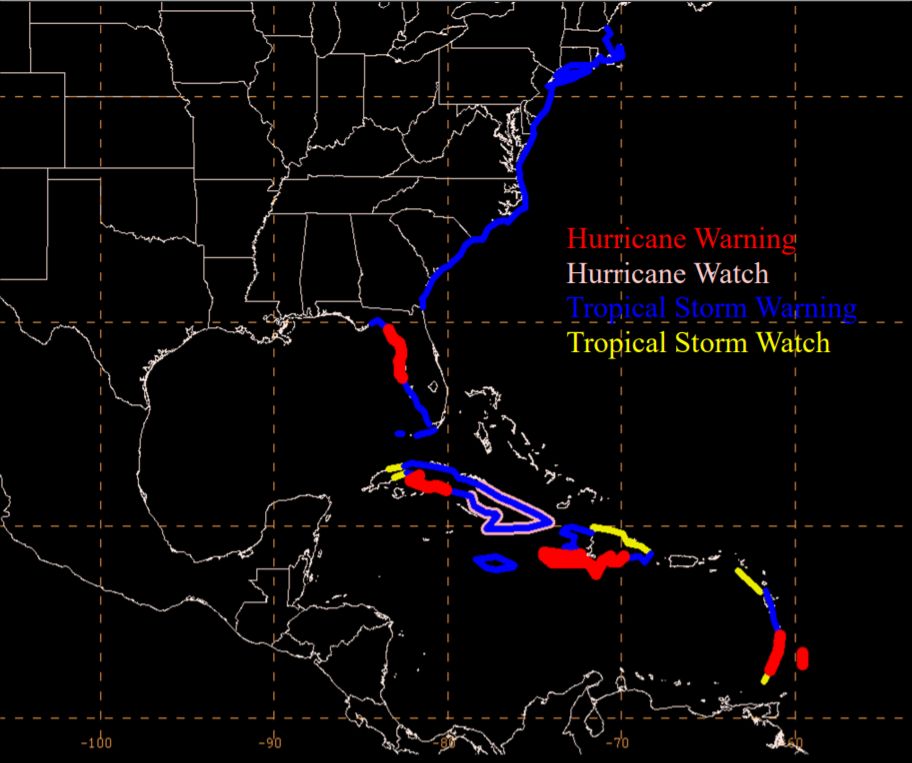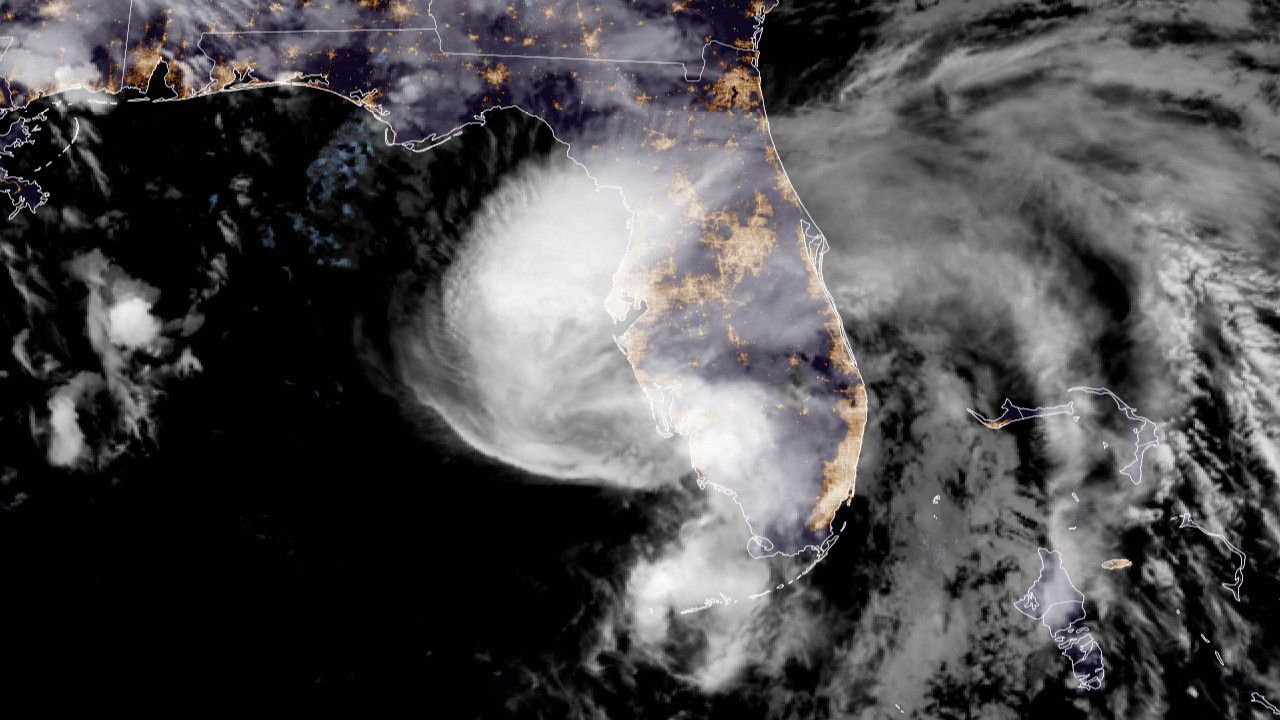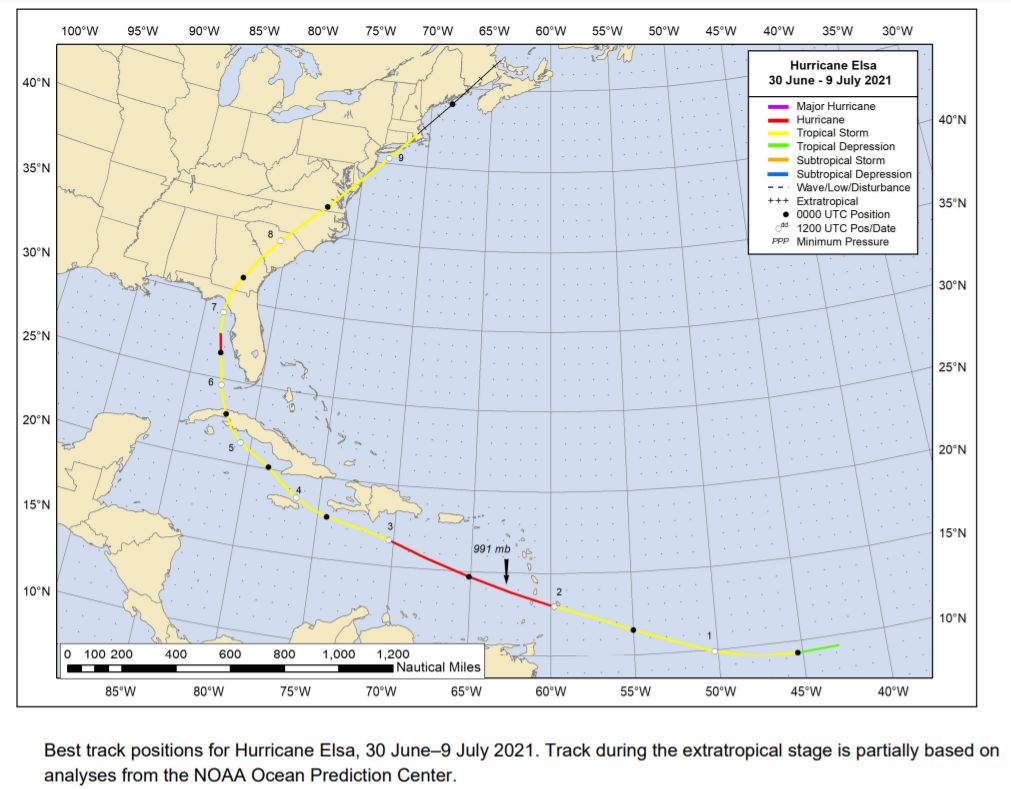Many people living in Tampa Bay received notifications of a Hurricane Warning days after the fourth of July. The NHC (National Hurricane Center) issued the warnings as Elsa started tracking northward, parallel to the Florida coast.
Do you remember that? It was more than seven months ago and now, the post analysis review of Elsa is out and we’ll go through the findings below.
Elsa formed from a tropical wave emerging from the coast of Africa. It became the earliest fifth named storm on record in the Atlantic. Prior to Elsa’s formation, it is important to note many of the earlier named storms were weak and lasted less than 48 hours.
Early forecasts of the path of Elsa were incredibly accurate. It had many in Tampa Bay closely monitoring the storm, as we would feel any potential impacts around or just after the fourth of July weekend.
Elsa intensified into a hurricane on July 2 as it raced into the eastern Caribbean. The storm lost a lot of its strength and momentum after its landfall over Cuba.
Over the holiday weekend, Bay News 9 meteorologists were hard at work analyzing the atmosphere and forecast trends with Elsa. It was clear there would be some sort of impact over Tampa Bay right after the holiday weekend, especially with widespread rain.
Storm track of Hurricane Else (Courtesy: NOAA)
On July 6, Elsa tracked over the very warm water of the Florida Straits. This is when Elsa showed signs of intensification with deep convection near the center.
There was also an “eye” trying to form near the center, and this was visible on the local radar out of Key West as Elsa tracked off the southwest Florida coast.
By 2 p.m., Elsa intensified into a hurricane and the NHC issued Hurricane Warnings for much of the coast, setting off alert tones on everyone’s cellphones within the Hurricane Warning.

Tropical storm and hurricane watches and warning from Elsa (Courtesy: NOAA)
Hurricane Elsa continued to track parallel to the Florida coastline Tuesday evening, with its outer bands swinging through Tampa Bay.
By 9 p.m., there appeared to be a strong band of convection along the northern edge of Elsa’s center where its strongest winds were located. The storm appeared to be borderline hurricane strength.
Within 30 minutes, the thunderstorms surrounding the eye fell apart quickly, losing any indication that Elsa may still be a hurricane.
Our team of meteorologists analyzing the storm’s structure had a hard time thinking we still had a hurricane off the coastline. We were awaiting an update for the 11 p.m. advisory, thinking the NHC would downgrade the storm to Tropical Storm Elsa.
At this point, the center of Elsa was located due west of Bradenton, moving north at 14 mph.
Chief Meteorologist Mike Clay and Meteorologist Brian McClure were convinced we no longer had a hurricane off our coast by the time 11 p.m. rolled around.
When the official 11 p.m. advisory came out on Elsa, it still classified the storm as a hurricane. You can watch the reaction from our meteorologists below.
Hurricane Elsa became Tropical Storm Elsa during the 2 a.m. advisory on Wednesday morning.
Reviewing the post analysis released by NOAA and the National Hurricane Center, the findings show Hurricane Elsa indeed became Tropical Storm Elsa before the 11 p.m. advisory. The transition back to a tropical storm took place when there was a total collapse in the convection surrounding the northern eye wall.

Satellite image of Elsa from 11pm July 6, 2021 (Courtesy: NOAA)
Based on the post analysis of Elsa, the storm held its hurricane status for about six hours off the southwest Florida coast. The analysis concludes that Elsa was a tropical storm when it tracked 35 miles west of St. Petersburg.
Tropical Storm Elsa then accelerated northward before making landfall in a remote location in Taylor County in northern Florida.
However, the storm didn’t go without impacts to Tampa Bay. After all, Tampa Bay was on the “dirty side” of the storm with all the rain rotating through. There was a concern for brief tornadoes and the National Weather Service issued several Tornado Warnings across the state that day.
Storm surge was not significant around Tampa Bay, with maximum surge heights reaching 1-2 feet above mean tide levels.
But the surge reached 2-3 feet above mean level for parts of the Nature Coast.
Surge reports from Hurricane Elsa (Courtesy: NOAA)
Rain was the biggest impact for Tampa Bay, with totals exceeding six inches in spots.
Tropical Storm Elsa went on to produce severe flash flooding in parts of the Northeast, especially New York and New Jersey.
Overall, Elsa is responsible for 13 direct fatalities, one of which was a 26-year-old man who died when a tree fell over. An additional nine fatalities were offshore when a boat carrying 22 migrants from Cuba capsized. The United States Coast Guard rescued 13 people before suspending their search.

